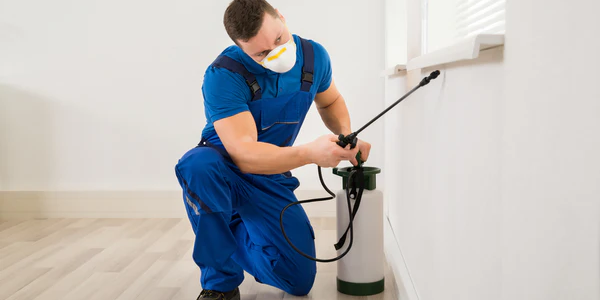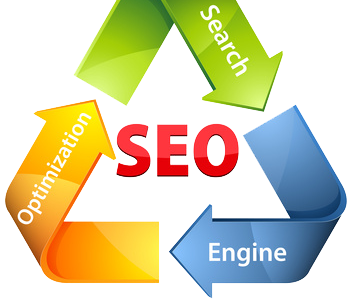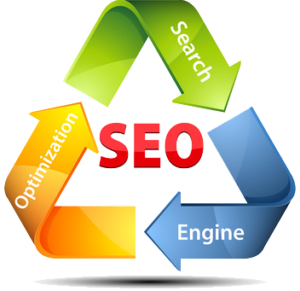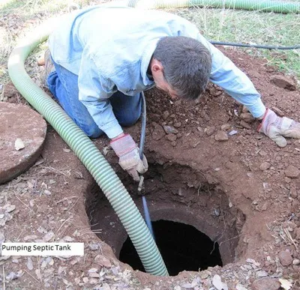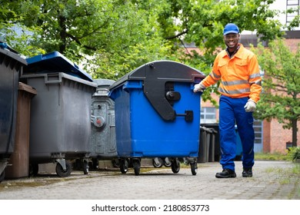Pest control aims to manage pests through prevention, suppression, and, when necessary, eradication. Prevention includes removing food, water and shelter that attracts pests.
Physical controls include traps and barriers. Chemical treatments include herbicides and insecticides. Contact Pest Control Braintree now!

Monitoring is essential to understanding what pests are present and their impact. This information helps determine whether a pest can be tolerated or requires control.
Prevention
Prevention strategies include removing the factors that lead to pest infestations, such as food, water and shelter. Sanitation practices can reduce pest populations by improving the cleanliness of food handling areas, reducing access to moisture and increasing the frequency of garbage pickup. Good plant disease management practices can prevent the spread of some pests from one crop to another, and the carryover of pests between environments can be reduced by decontaminating equipment, animals and people before moving them to a pest-free environment.
Monitoring pests can help to predict when action is needed. This is especially important in situations where the threshold for a pest is zero, such as in operating rooms and other sterile areas of health care facilities. Routine pest control can prevent damage to structures and personal belongings, preserving the value of property and maintaining a healthy indoor environment.
The natural forces that affect pest populations include climate, natural enemies, food and water sources, availability of shelter, and barriers to movement. Pests usually rise or fall in response to the weather, and many plants are susceptible to diseases caused by pathogens that occur under particular environmental conditions.
Biological pest control uses organisms such as insects, nematodes and pathogens to suppress pest populations. This is an important part of integrated pest management, because it allows for the use of less toxic chemicals, and it can be used in conjunction with other control measures.
Chemical pest control uses chemicals such as herbicides, fungicides, insecticides and rodenticides to kill or repel unwanted species. This is a common method of pest control, and it can be used to protect crops, homes, gardens and public places. The use of chemicals requires careful selection and application, to minimize harm to non-target species and human beings.
The Integrated Pest Management (IPM) approach to pest control emphasizes inspection and identification, treatment only for the detected pest, and monitoring. This approach reduces the need for routine chemical treatments, and it is generally more environmentally friendly than other pest control methods.
Suppression
Before modern pest control, extermination of rodents, roaches and other pests was often a matter of war, using some pretty nasty chemicals such as arsenic and strychnine. These days, it’s a lot more about keeping the pest population low enough to prevent unacceptable damage or risk. Depending on the situation, that could mean taking steps to keep the pests away completely or simply reducing their numbers to an acceptable level.
Step 1 in any IPM plan is monitoring, to determine the presence and numbers of the pests present. This is done by observing their activities, trapping or scouting for insects, mollusks and weeds; and examining damage and other clues such as environmental conditions (temperature, moisture levels).
Monitoring also includes knowing the pest’s life cycle and possible damage. This enables you to know when pest numbers rise to an unacceptable level. This helps you decide whether or not to begin control measures, or at least decide the best time for those controls to be put into effect.
Control methods can be grouped into categories such as prevention, suppression and eradication. Prevention strategies include plant varieties that are adapted to site conditions and resistant to pests; cultural practices that reduce pest establishment, dispersal or survival; and habitat manipulation. Examples of these include changing irrigation practice, planting “trap crops” to attract and contain pests; interplanting weeds that serve as natural pest barriers; and soil management techniques such as composting, mulching, aeration and water conservation.
The suppression strategy involves reducing the numbers of pests to an acceptable level, and it may involve some or all of the prevention strategies. It also may involve use of the chemical controls, including fungicides, insecticides and herbicides. These are typically applied sparingly and only when needed according to the guidelines of the IPM plan, and always in a way that minimizes risks to people, beneficial organisms and the environment.
Suppression of pests can also be achieved through biological methods such as parasites, predators and pathogens. This can be supplemented by introducing more of these enemies into an area, such as purchasing and releasing the mites that feed on the greenhouse whitefly or the wasp that parasitizes the cabbage maggot of the gypsy moth; and through biotechnological methods such as the production of sterile males and juvenile hormones to disrupt reproduction.
Eradication
In some cases, the goal of pest control is not prevention or suppression but rather eradication. This can be an important strategy in enclosed environments such as retail and food preparation spaces, where a pest infestation can pose a health risk to people or damage property. Examples of eradication strategies include the eradication of Mediterranean fruit fly and gypsy moth. Disease eradication is a more difficult goal and involves the permanent reduction to zero of the global incidence of a particular pathogen. Only 2 diseases have been officially eradicated: smallpox caused by the Variola virus (VARV) and rinderpest caused by the Rinderpest virus (RPV).
Eradication strategies may involve spraying, baiting, trapping or dusting. A professional pest control technician can develop a customized treatment plan that will be effective against the specific pests infesting your home or business. These treatments can be applied inside and outside, depending on the type of pest and severity of the infestation.
When a pesticide is used to eliminate a pest, it must be properly applied and monitored. Sometimes, pests are resistant to pesticides, or the pesticide was not applied at the right time in the life cycle of the pest. Other times, the pesticide was not used correctly – for example, the application may have been too light or too heavy. Some pesticides are also dangerous to non-target organisms, such as pollinators and beneficial insects.
It is important to report any sightings of pests or indications of a pest problem to your Pest Control Operator. This will allow him or her to take the necessary action to prevent a more serious situation from developing.
While a good pest control program is essential for public health by preventing the spread of diseases carried by pests, safeguarding agriculture and food supplies, preserving property from damage, and maintaining ecological balance by preventing invasive pest species from disrupting ecosystems, it is not without its challenges. A good pest control program must be flexible and constantly evolving to meet the changing needs of society. For this reason, it is important to work with an experienced and knowledgeable Pest Control Operator.
Treatment Guarantees
When pests invade your space, you need to take action immediately. Pests can damage your property, cause diseases and disrupt your daily life. They can also make your home uninhabitable, and the costs of eliminating them can be quite high. Fortunately, there are solutions that can help you get rid of them and keep them away forever.
A pest control company that specializes in integrated pest management, or IPM, can provide you with a variety of options that will eliminate the pests and prevent them from returning. This approach combines elimination and prevention techniques and can help you save money in the long run by reducing your use of chemical products.
The best way to reduce the number of pests that visit your home is by removing their food, water and shelter. This is why it is important to remove piles of leaves and other debris from your yard, move firewood away from your house, and put garbage bins far from your home. These simple steps can greatly decrease the numbers of pests in your yard.
If you need to use pesticides, ask the pest control service about their credentials. Reliable pest control services will be able to show you their licenses and copies of the labels for all pesticides that will be used at your home. They should also be able to explain the application rates and what precautions to take.
A good pest control service will be able to give you a termite treatment guarantee as well as a general insect and rodent control guarantee. It is customary for them to offer a one to five year warranty on their work. Be sure to find out if they require you to pay for a yearly inspection and what their process is for dealing with a termite infestation.
Pests can be a nightmare to deal with. They can leave behind a trail of destruction, create unsightly holes in your property and leave a foul smell throughout your home. When you have a pest problem, it can be difficult to solve and can cause stress in your family. A pest control company that offers a guarantee can give you peace of mind that the issue will be solved and won’t return.
